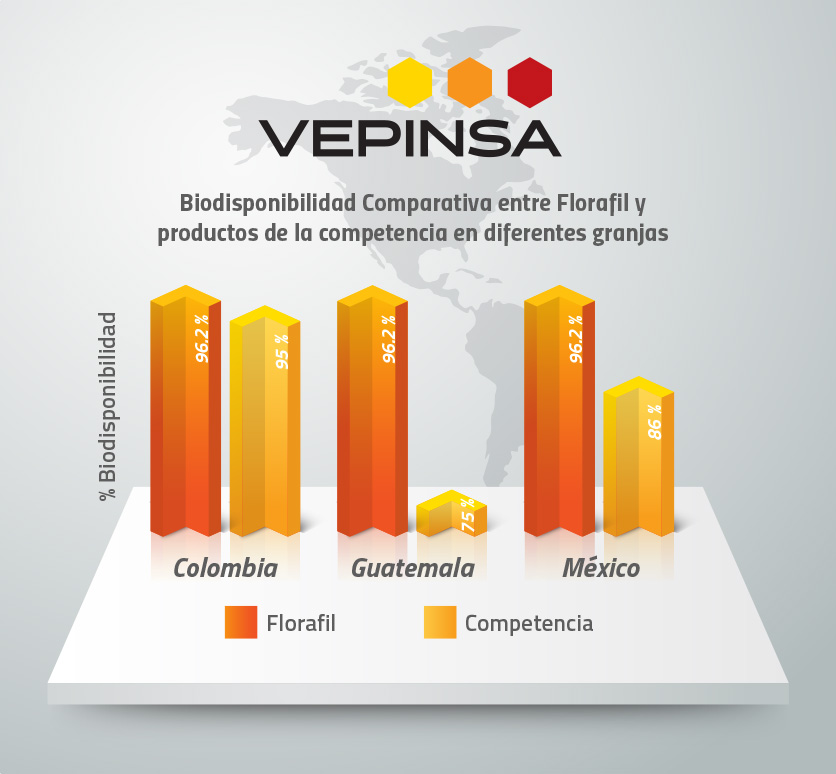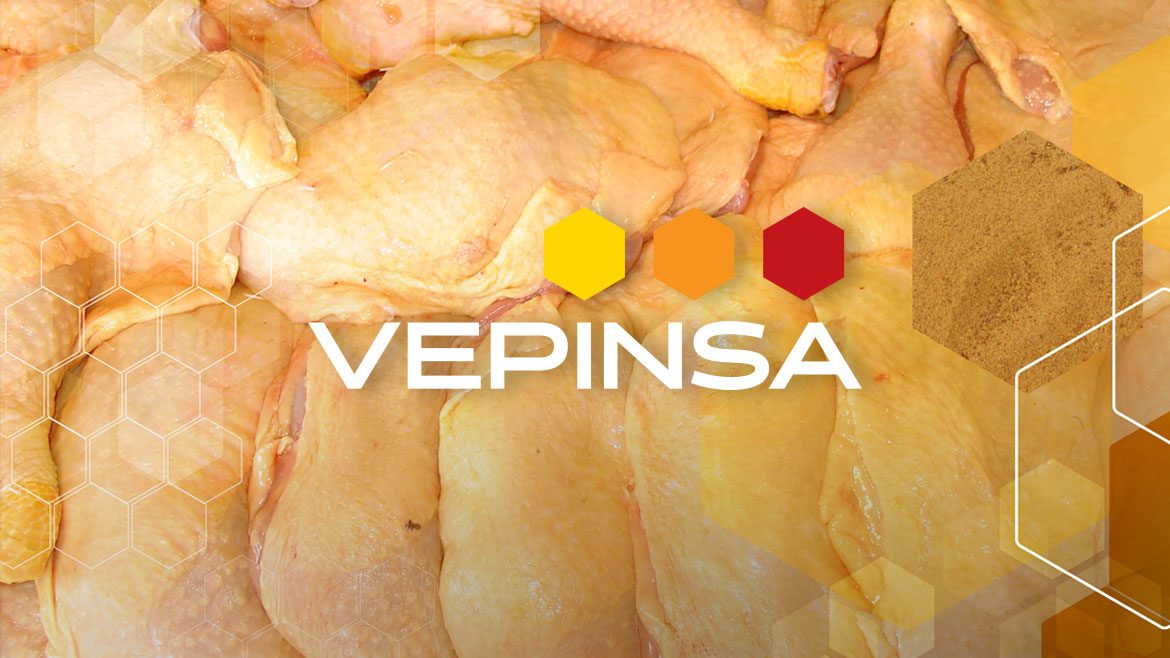Bioavailability of Carotenoids in the Poultry Industry
Bioavailability can be defined as the absorption of an ingested nutrient that can be used for a defined purpose. In the case of the poultry industry, carotenoids as pigmentants are the important compounds.
Bioavailability of Carotenoids for pigmenting effect. Carotenoids are divided into two large groups, which are those that contain oxygen in their molecule and are called xanthophylls and those that do not contain oxygen in their structure, which are carotenes. The xanthophylls are those of interest in poultry pigmentation since they are the ones that give color to the skin of chickens and egg yolks. Carotenes are not considered as a pigmenting source in the poultry industry, but as precursors of vitamin A.
The cempasuchil flower (Tagetes erecta) is the natural raw material par excellence for obtaining carotenoids for poultry use. In its extracts, xanthophylls are found as esters. For the pigmenting product to have good bioavailability, it must have adequate saponification, producing free xanthophylls.
 The poultry industry has adopted a methodology to determine the bioavailability of carotenoids in poultry. It is based on the work of Hamilton and Tyczkowski (1,2,3) of North Carolina State University who, together with the main producers of pigmenting agents for birds of that time (Bioquimex, Prodemex, Kemin) and the National Feed Ingredients Association agreed to use a system to quantify the relative bioavailability of carotenoids. It is relative since the bioavailability of the different carotenoids is compared against lutein and zeaxanthin, which have been assigned 100% bioavailability.
The poultry industry has adopted a methodology to determine the bioavailability of carotenoids in poultry. It is based on the work of Hamilton and Tyczkowski (1,2,3) of North Carolina State University who, together with the main producers of pigmenting agents for birds of that time (Bioquimex, Prodemex, Kemin) and the National Feed Ingredients Association agreed to use a system to quantify the relative bioavailability of carotenoids. It is relative since the bioavailability of the different carotenoids is compared against lutein and zeaxanthin, which have been assigned 100% bioavailability.
Three main groups of carotenoids are systematically evaluated by HPLC to calculate bioavailability:
• Dihydroxypigments (DHP) Trans + Epoxides
• Monohydroxypigments (MHP)
• Carotenes and Esters
DHP Trans are free xanthophylls like Trans-lutein and Trans-zeaxanthin that are considered 100% pigmenting. Epoxides are not assigned pigmenting capacity.
MHPs can be the product of a partial saponification with 70% of the bioavailability with respect to DHPs that are fully saponified or dihydroxylated. Within this group there is a natural MHP that is β-cryptoxanthin which has a 50% bioavailability with respect to Trans DHP (Trans-lutein and Trans-zeaxanthin).
Carotenes and esters are not considered pigmenting carotenoids for the purpose of calculating bioavailability.
Calculation of Bioavailability. BIODISP. = ((∑ MHP - βcryptoxanthin) X 0.7+ βcryptoxanthin + ∑ Trans) X 100
2
Where:
∑ MHP = Sum of monohydroxypigments
∑ Trans = Sum of Trans-lutein and Trans-zeaxanthin
Comparative graph of Florafil with the competition.


